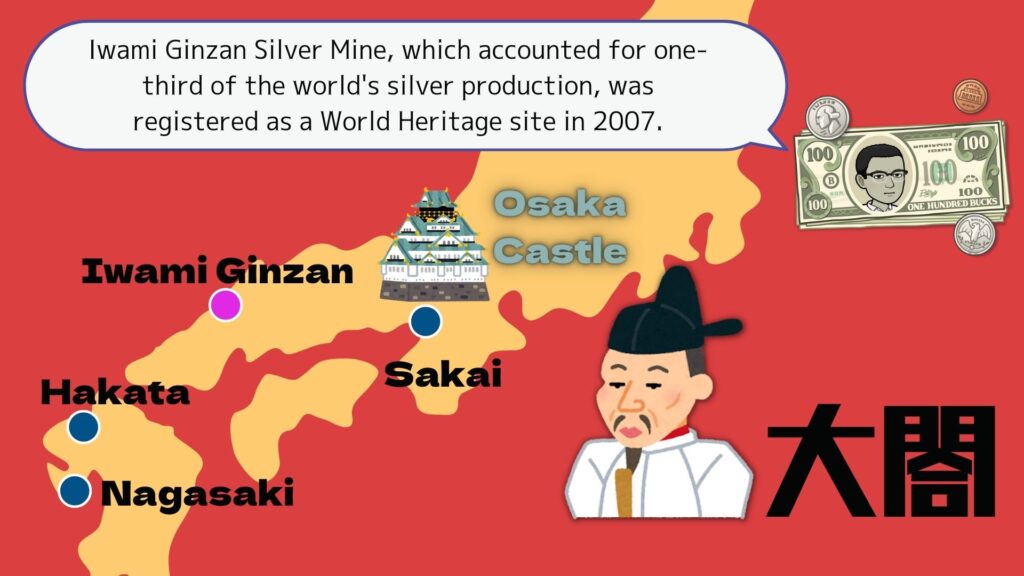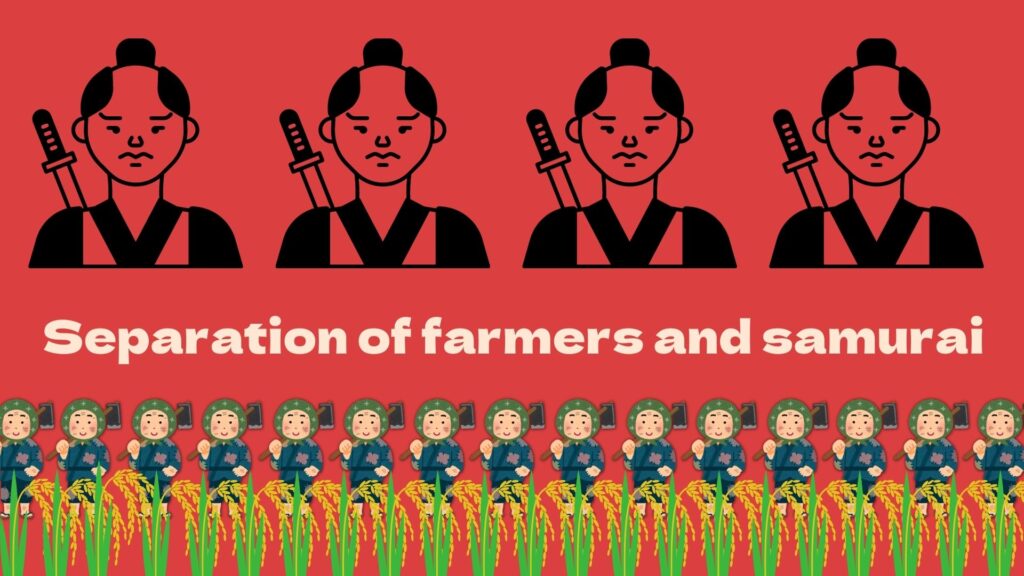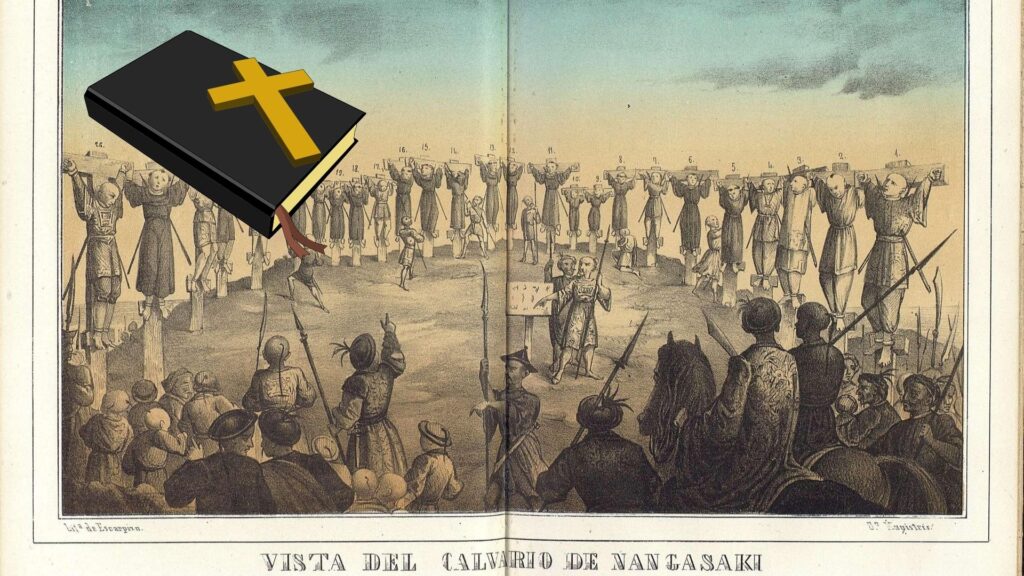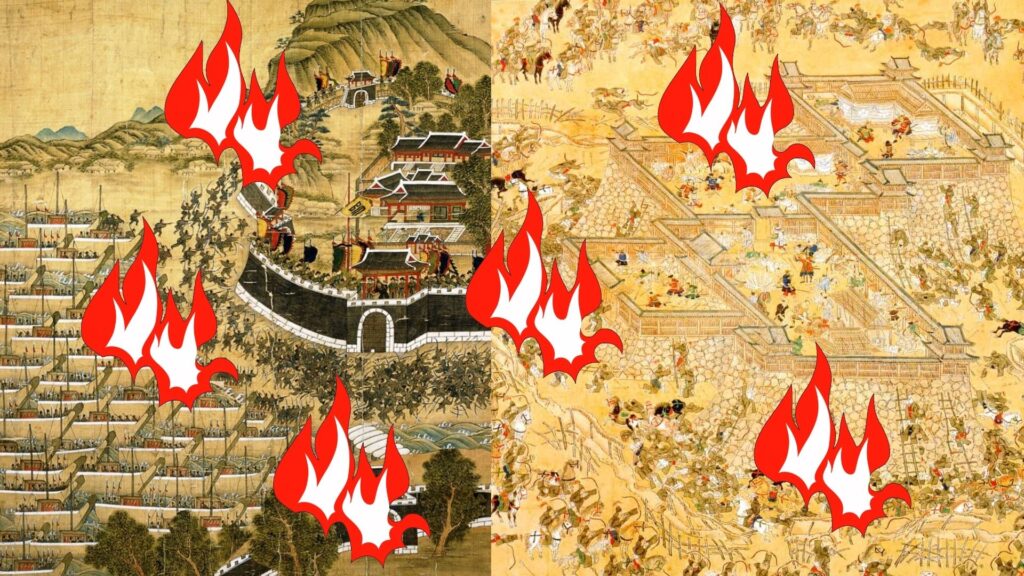Click here to go to the YouTube video

The Jesuit missionary Luis Frois, in his book “History of Japan,” described the man as follows. “He was short, of hideous appearance, and had six fingers on one hand. His eyes were protruding, and he had few whiskers like a Chinaman.”

The man was Toyotomi Hideyoshi, the man who ended the Sengoku Period and shaped Japan’s modern era.

Hideyoshi’s origins are not clear. He was of low birth. His original name was Kinoshita Tokichiro, and he later changed his name to Hashiba Hideyoshi. He rose to prominence and rose through the ranks after serving Oda Nobunaga.

When Oda Nobunaga died at Honnoji Temple in Kyoto in 1582, Hideyoshi was in the midst of fighting the Mori clan in western Japan. He soon returned to Kyoto and defeated Akechi Mitsuhide in the Battle of Yamazaki. He then defeated Katsuie Shibata at the Battle of Shizugatake, solidifying his position as Nobunaga’s successor.

Hideyoshi built the magnificent Osaka Castle and successively conquered Shikoku, Kyushu, Kanto, and Tohoku, achieving unification of the country in 1590. Here the Sengoku Period came to an end.

He controlled trading cities such as Sakai, Hakata, and Nagasaki, as well as mines such as the Iwami Ginzan Silver Mine, and consolidated his power with enormous profits. He received the surname Toyotomi from the Imperial Court and became Grand Minister of State, making him the de facto leader of Japan.

Toyotomi Hideyoshi surveyed the land and took weapons from the peasants. He also promoted a policy of making a clear distinction between samurai and peasants. This led to the formation of an early modern society in which the samurai had strong ruling power.

Hideyoshi believed that Christianity was an obstacle to the unification of the country and ordered the expulsion of missionaries from the country. He also had 26 Catholics executed by crucifixion in Nagasaki in 1597.

Hideyoshi planned to conquer the Ming Dynasty and India. He sent large armies to Joseon in 1592 and 1598. However, after Hideyoshi’s death from illness, the entire Japanese army pulled back, and the seven-year-long battle ravaged the land of Joseon, resulting in many casualties.
Thank you for reading.




Comment